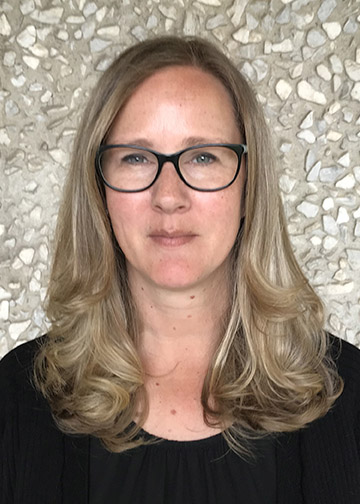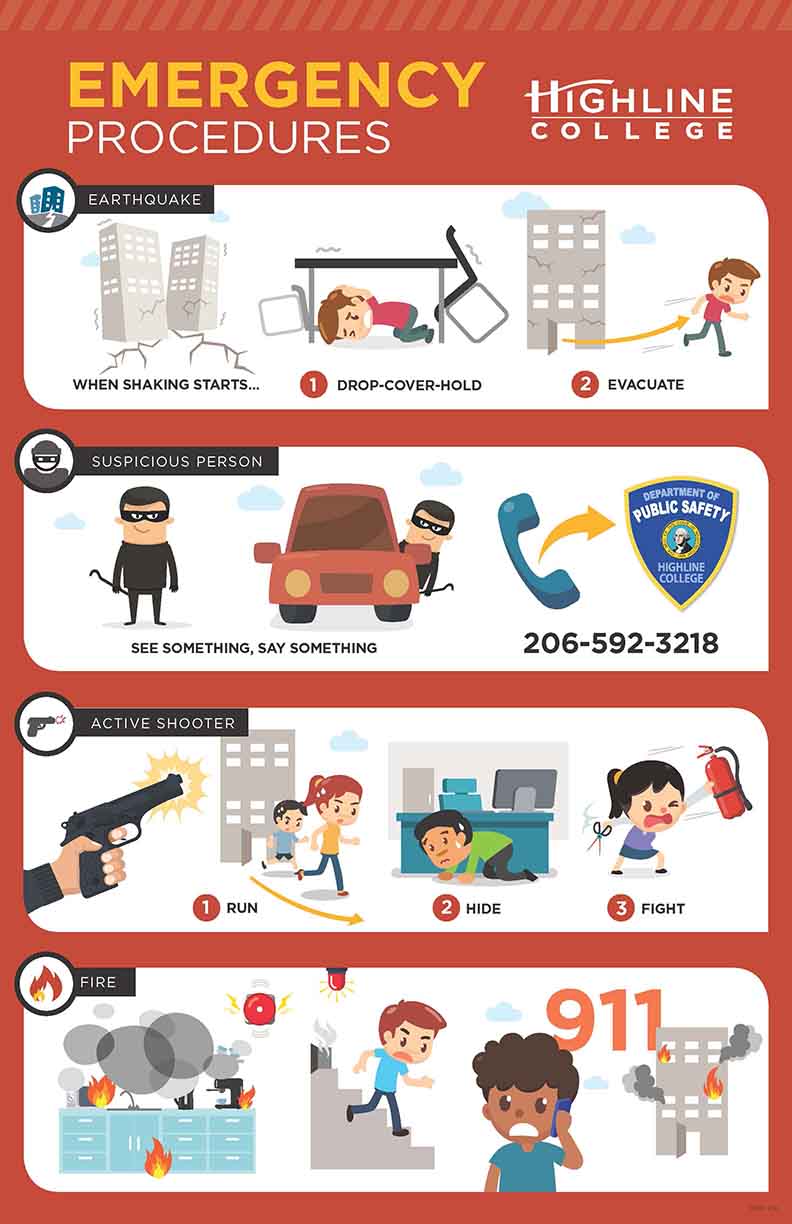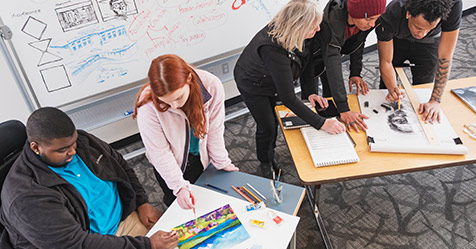If you have ever opened a door that has a lever-shaped handle or viewed safety instructions that rely on pictographs rather than words, then you have experienced universal design.
Design choices that accommodate the greatest range of users are more equitable, serving people with diverse abilities.
Teaching students how to make these design choices are at the foundation of a new applied bachelor’s degree in integrated design at Highline College.

Tamara Hilton
“With this new degree, we are offering a holistic approach to design,” said Tamara Hilton, who helped develop the curriculum for the new program. “Students will combine their passion for visual design, technology and problem-solving with equity-based design.”
The degree will also include a focus on diversity and globalism studies, to help future designers understand the world and community in which they design for.
With more than 70 percent students of color, Highline ranks as the most diverse higher education institution in the state, reflecting the diversity of South King County, where more than 130 languages are spoken.
Currently, three in four designers in King County are white, according to 2017 data from Emsi, a subscription service that provides employment data for colleges and universities. The composition of Highline’s student body gives the college a unique opportunity to diversify the design workforce to reflect the ethnic diversity of South King County.
Those who hold an associate degree in any applied science subject area will be eligible to apply for enrollment in the applied bachelor’s degree program in integrated design. But Hilton knows the program will likely fill quickly with graduates of Highline’s two-year programs in areas such as drafting design, interior design, multimedia design and visual communication.
“We have close to two dozen current students and recent graduates who are ready to apply,” she said. “We knew demand would be there when we began developing the curriculum. Students want the four-year degree and there simply aren’t education options in South King County.”
Hilton added that this demand goes both ways. Most employers want graduates of these programs to have a bachelor’s degree. By offering this degree, she feels students are more marketable.
Back in 2005, the state of Washington recognized it needed to create more opportunities for students to earn bachelor’s degrees in our state. The applied bachelor’s degree provides a pathway to a four-year degree for students who have earned an associate degree in a professional-technical field.
Before the applied bachelor’s was created, students with a technical associate degree who wanted to transfer to a regional or state college or university had to take additional lower-level coursework before they could declare a major and complete a bachelor’s degree.
Learn More
Curious about applied bachelor’s degrees in our state? Find more information through the Washington State Board for Community and Technical Colleges.
In addition to integrated design, Highline offers applied bachelor’s degree programs in five high-demand fields: cybersecurity and forensics, global trade and logistics, respiratory care, teaching and early learning and youth development.
Questions?
Tamara Hilton: (206) 592-3976 or thilton@highline.edu
Dr. Tanya Powers: (206) 592-3662 or tpowers@highline.edu

A Look at Universal Design
One of the principles behind universal design is equitable use, where “design is useful and marketable to people with diverse abilities,” according to “Principles of Universal Design,” established in 1997 at North Carolina State University’s College of Design.
Door hardware that can be operated with a loose grip or closed fist, such as lever-shaped handles and U-shaped pulls, accommodates the greatest range of users.
Likewise, safety instructions that use images rather than text to convey critical messages, as in the example on the left, are more equitable for those who don’t read the language.
Learn more about universal design at Centre for Excellence in Universal Design.


